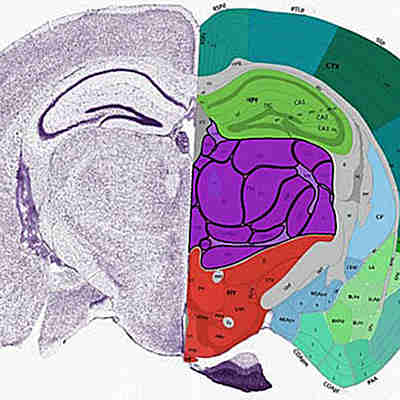August 10, 2022 -- Using spatial transcriptomics, researchers have created a cross-sectional map of a whole prostate, including areas of healthy and cancerous cells, providing genetic mapping of tumors that reveals how cancers grow.
As part of their study, published August 10 in the journal Nature and funded by Cancer Research UK, the scientists analyzed more than 150,000 regions in three prostates, two breast cancers, some skin, a lymph node, and some brain tissue, and they developed an algorithm to track groups of cells with similar genetic mutations, or clones, in their precise location.
The researchers were surprised to see areas of supposedly healthy tissue that already had many of the genetic characteristics of cancer. Their detailed, spatially resolved clone map raises many questions about the timing of genetic changes and the difference between high- and low-grade tumors, with profound implications for cancer diagnosis and treatment.
Thanks to new spatial transcriptomic technology, the scientists were able to analyze both the genetics and the spatial landscape of tissue. Previously, researchers studying the genetics of cells within tumors had to take a sample from the cancerous area and analyze the DNA of those cells. However, the problem is that many cancers, such as prostate cancer, are three dimensional and any one sample would only give a small snapshot of the tumor.
"Mapping thousands of tissue regions in a single experiment is an unprecedented approach to deconvolute the heterogeneity of tumors and their microenvironment," Joakim Lundeberg, PhD, head of the division of gene technology, part of the School of Biotechnology, at KTH Royal Institute of Technology, said in a statement. "This high-resolution view impacts our way of addressing complex ecosystems such as cancer. The possibility to identify early events is particularly exciting going forward."
Copyright © 2022 scienceboard.net









